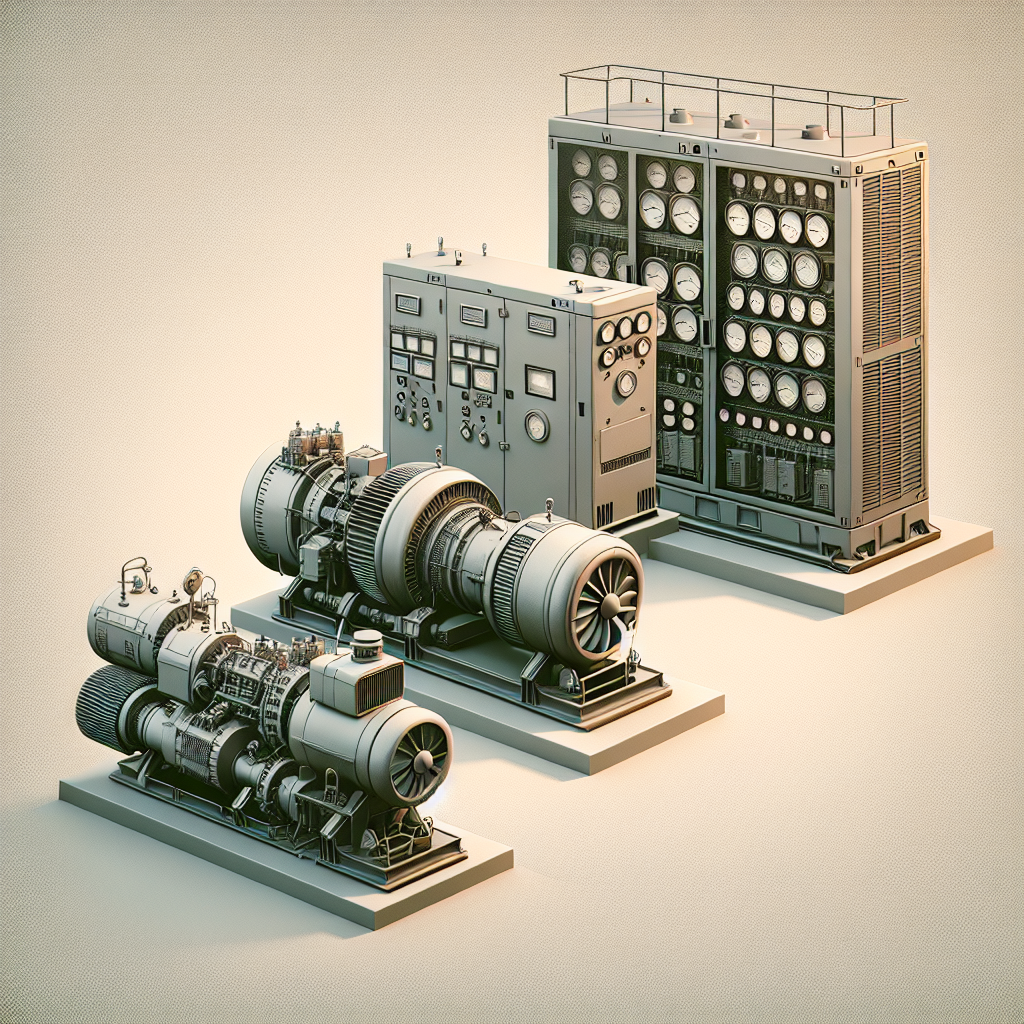The Evolution of Data Center Generators: Trends and Innovations
Data centers play a crucial role in today’s digital world, serving as the backbone of our increasingly interconnected society. These facilities house vast amounts of data that power everything from social media platforms to financial transactions, making them essential for businesses and individuals alike. One critical component of any data center is its backup power supply, typically provided by generators. These generators ensure that data centers can continue to operate smoothly in the event of a power outage, preventing costly downtime and data loss.
Over the years, data center generators have evolved significantly, driven by technological advancements and changing industry demands. In this article, we will explore some of the key trends and innovations that have shaped the evolution of data center generators.
1. Increased efficiency and sustainability: As concerns about climate change and energy consumption have grown, data center operators have become increasingly focused on improving the efficiency and sustainability of their facilities. This has led to the development of more fuel-efficient generators that produce lower emissions and consume less fuel. Additionally, some data centers are exploring alternative power sources, such as solar or wind energy, to further reduce their environmental impact.
2. Modular and scalable designs: Data centers are constantly evolving to meet the growing demand for digital services, which requires flexible and scalable infrastructure. In response, generator manufacturers have developed modular designs that allow data center operators to easily add or remove generator units as needed. This modular approach helps to optimize space utilization, reduce maintenance costs, and improve overall system reliability.
3. Smart technology integration: The rise of the Internet of Things (IoT) and artificial intelligence (AI) has enabled data center operators to monitor and control their generators more effectively. Smart technology solutions can provide real-time data on generator performance, allowing operators to proactively address issues before they lead to downtime. AI-powered predictive analytics can also help optimize generator maintenance schedules, reducing costs and improving reliability.
4. Hybrid power solutions: To further enhance reliability and resilience, some data centers are implementing hybrid power solutions that combine traditional generators with battery storage systems. These systems can provide backup power more quickly and efficiently than generators alone, making them ideal for critical applications that require uninterrupted service. By integrating multiple power sources, data centers can ensure they are prepared for a wide range of potential scenarios.
5. Remote monitoring and management: With the increasing complexity of data center operations, remote monitoring and management tools have become essential for ensuring uptime and efficiency. Data center operators can now monitor their generators from anywhere in the world, allowing them to quickly respond to alarms or issues as they arise. Remote management tools also enable operators to schedule maintenance tasks, update firmware, and perform diagnostics without needing to be physically present at the data center.
In conclusion, the evolution of data center generators has been driven by a combination of technological advancements, industry trends, and changing customer demands. As data centers continue to play a critical role in our digital economy, it is essential for operators to stay abreast of the latest trends and innovations in generator technology to ensure the reliability and efficiency of their facilities. By embracing sustainability, scalability, smart technology, hybrid power solutions, and remote monitoring, data center operators can future-proof their facilities and ensure they are equipped to meet the challenges of tomorrow’s digital landscape.


